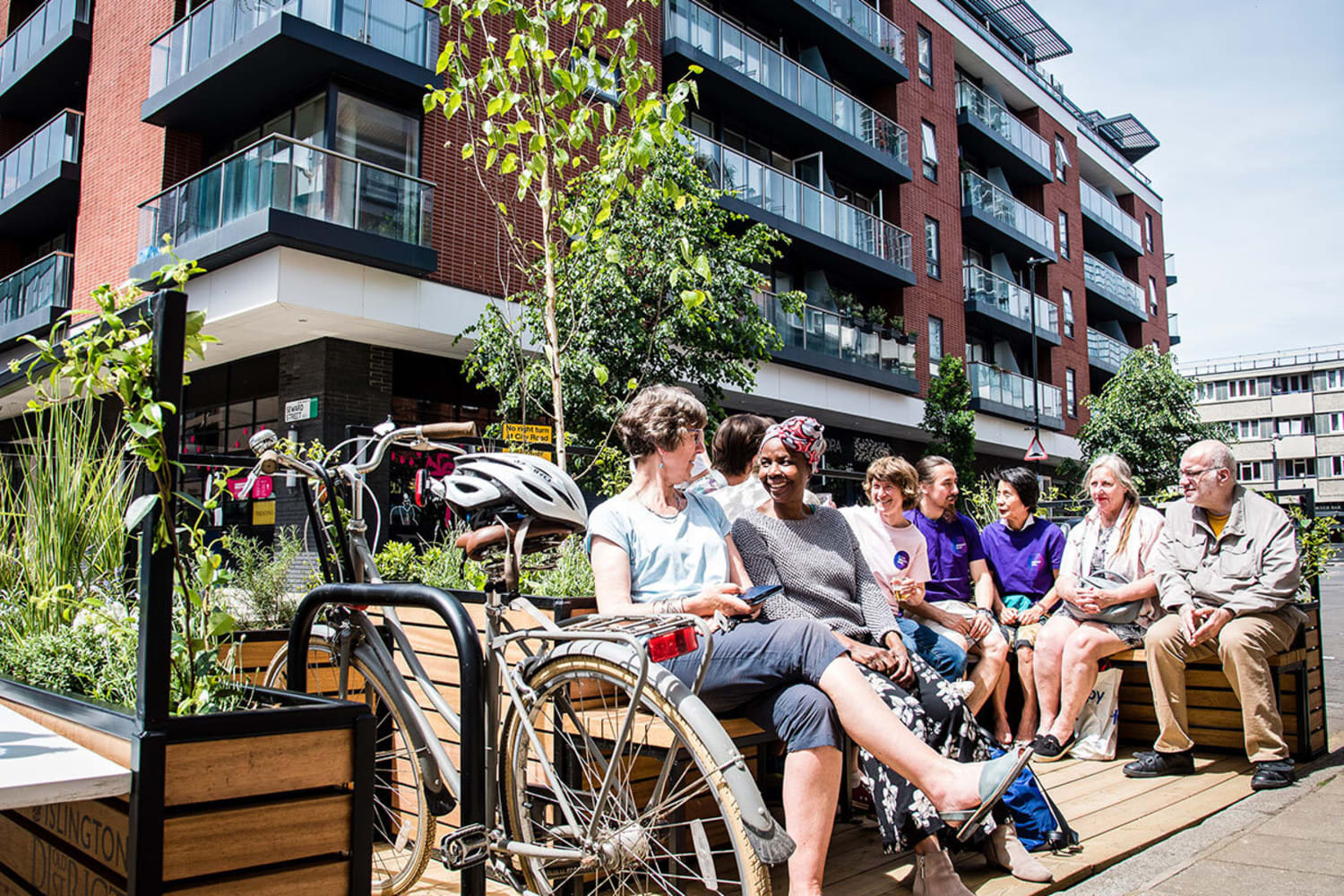A rising focus on urban biodiversity sees communities around the world planting native forests in public spaces, uniting people behind the planet’s wellbeing. Bringing nature to urban areas, these mini
forests are rewilding cities and providing cooperative places for interaction.
Cities are planting condensed mini forests, offering inhabitants a new form of public space.

Microforests popped up in L.A.’s urban parks in October 2021 as part of the L.A. Park Forest Initiative by the Los Angeles Parks Foundation. Mature trees, including tipa and blue jacaranda, were strategically selected and planted due to their ability to withstand intense, warmer temperatures in the area. These trees are currently providing lush shade in urban neighborhoods, including Lemon Grove Park, Mar Vista Recreation Center, Robert Burns Park, and Ross Snyder Recreation Area.

A 240 square-meter “heritage” forest is being planted in London to restore biodiversity in the Chelsea neighborhood and reconnect its residents with nature. 630 native trees and shrubs will fill the plot in a collaboration led by the rewilding company SUGi, luxury fashion brand Louis Vuitton, and estate management company Cadogan. “The forest will be a green space for local neighbors to find quiet moments of respite and to take in the joys of nature in a vibrant and busy city,” where it “will offer not only an individual experience but a communal one,” SUGi founder Elise van Middelem told TimeOut.

Elsewhere in the UK, the Islington council will appoint a tree specialist for every housing estate starting at the end of October. Tree wardens will be trained to locate damaged existing trees and appropriate places to plant new ones throughout the London borough. The initiative will complement similar green-spaces led by Islington Together, including gardening collectives and park groups.
In January 2021, 100 square feet of land were prepared for a new tiny forest in the Enner Glynn hills of New Zealand by the Nelson Whakatu Microforest Initiative. Containing up to 30 species of native trees, the forest is planted and nourished using biochar, a carbon negative substance to enrich the soil. The microforest is part of a community push to bring flora and fauna into urban areas to combat climate change.
Concentrated, densely populated plots of greenery are providing new gathering spaces in urban communities. These tiny microforests are reconnecting city-goers with nature, wildlife, and changing the way people use public space.
Main image courtesy of Visualization, SUGi Heritage Forest
Please provide your contact information to continue.
Related Content

Ecotherapy

